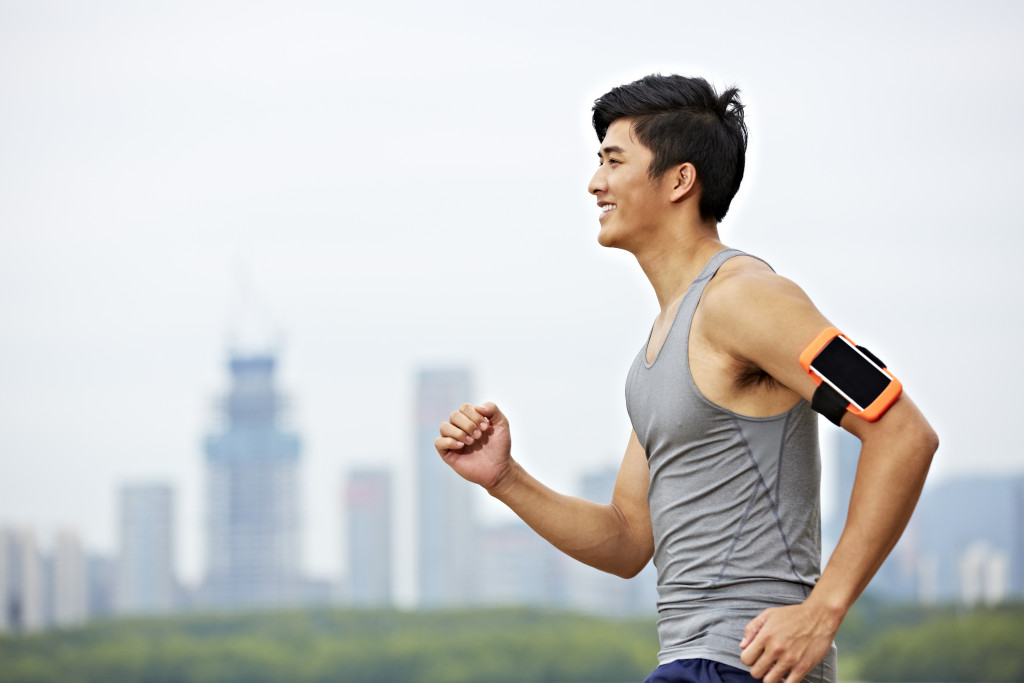Technology is constantly evolving and improving, with new gadgets and devices hitting the market daily. So it’s no surprise that health professionals are now using various types of technology to help people in their daily lives. Many of these devices can be used by patients to keep up with their health or by doctors and nurses to keep track of their patients’ health.
This article will explore some of the most popular tech gadgets health professionals offer their patients.
1. Hearing Aids
Hearing aids are devices that are worn in the ear to amplify sound. They are used by people with hearing loss to improve their ability to hear. Hearing aids come in different shapes and sizes, and you can fit them for different types of hearing loss.
The first hearing aid was invented in the early 1800s, and technology has come a long way. Modern hearing aids are much smaller and more discreet than their predecessors. They also have various features that experts can customize to each person’s needs.
Some of the features available on hearing aids include:
- Bluetooth compatibility
- Directional microphones
- Noise reduction
- Feedback cancellation
Hearing aids can be expensive, but many different financing options are available. Some organizations provide financial assistance for people with hearing loss.
2. Macular Degeneration Glasses
Macular degeneration is a common condition that causes vision loss. It occurs when the macula, the part of the eye responsible for central vision, deteriorates. There are many types of macular degeneration, but age-related macular degeneration (AMD) is the most common. AMD is a progressive condition that can lead to blindness.
There is no cure for macular degeneration, but there are treatments that can slow down the progression of the disease. One treatment option is macular degeneration glasses. These special glasses have lenses that filter out the blue light that can damage the macula. They also have magnifying lenses that can help improve central vision.
They also have a yellow tint that can help reduce glare. These glasses can be used by people with all types of macular degeneration, but they are most effective for people with early-stage AMD.

3. Diabetes Management Devices
Diabetes is a chronic condition that affects millions of people around the world. People with diabetes must carefully manage their blood sugar levels to avoid serious complications.
Health providers can use many devices to help people with diabetes manage their condition. One of the most popular devices is the glucose meter. A glucose meter is a small device that measures the sugar level in your blood. You can use it to monitor your blood sugar levels and help you adjust your insulin dose.
Another popular device is the continuous glucose monitor (CGM). A CGM is a small sensor that is placed under your skin. It continuously measures your blood sugar levels and sends the data to a receiver. You can use the data from a CGM to help you make decisions about your diabetes care.
4. Blood Pressure Monitors
Aside from diabetes, another common condition is high blood pressure. Most people with high blood pressure don’t have any symptoms, so it’s essential to check your blood pressure regularly.
There are many different types of blood pressure monitors available. The most common type is the automatic blood pressure monitor. These devices are easy to use, and they provide accurate readings. You can use computerized blood pressure monitors at home or in the doctor’s office. They are typically small and portable, so you can take them wherever you go.
Some people also use wearable blood pressure monitors. These devices are worn on the wrist or arm and continuously monitor your blood pressure. The data from these devices can be
5. Activity Trackers
Activity trackers are devices that track your physical activity. They usually come in the form of a wristband or clip. These devices are popular among people who are trying to get fit. They can help you track your progress and see how active you are throughout the day.
Activity trackers usually have a variety of features, such as:
- Step counter
- Distance tracker
- Calories burned
- Active minutes
Some activity trackers also have heart rate monitors. This feature can be helpful for people who are trying to improve their cardiovascular health. These devices also have sensors that track your sleep. This data can help you identify patterns and make changes to your sleep habits.
Many different types of devices can be used to improve your health. These devices can help you manage conditions that can hinder daily life. If you are struggling with an illness, talk to your doctor about the different available devices.
